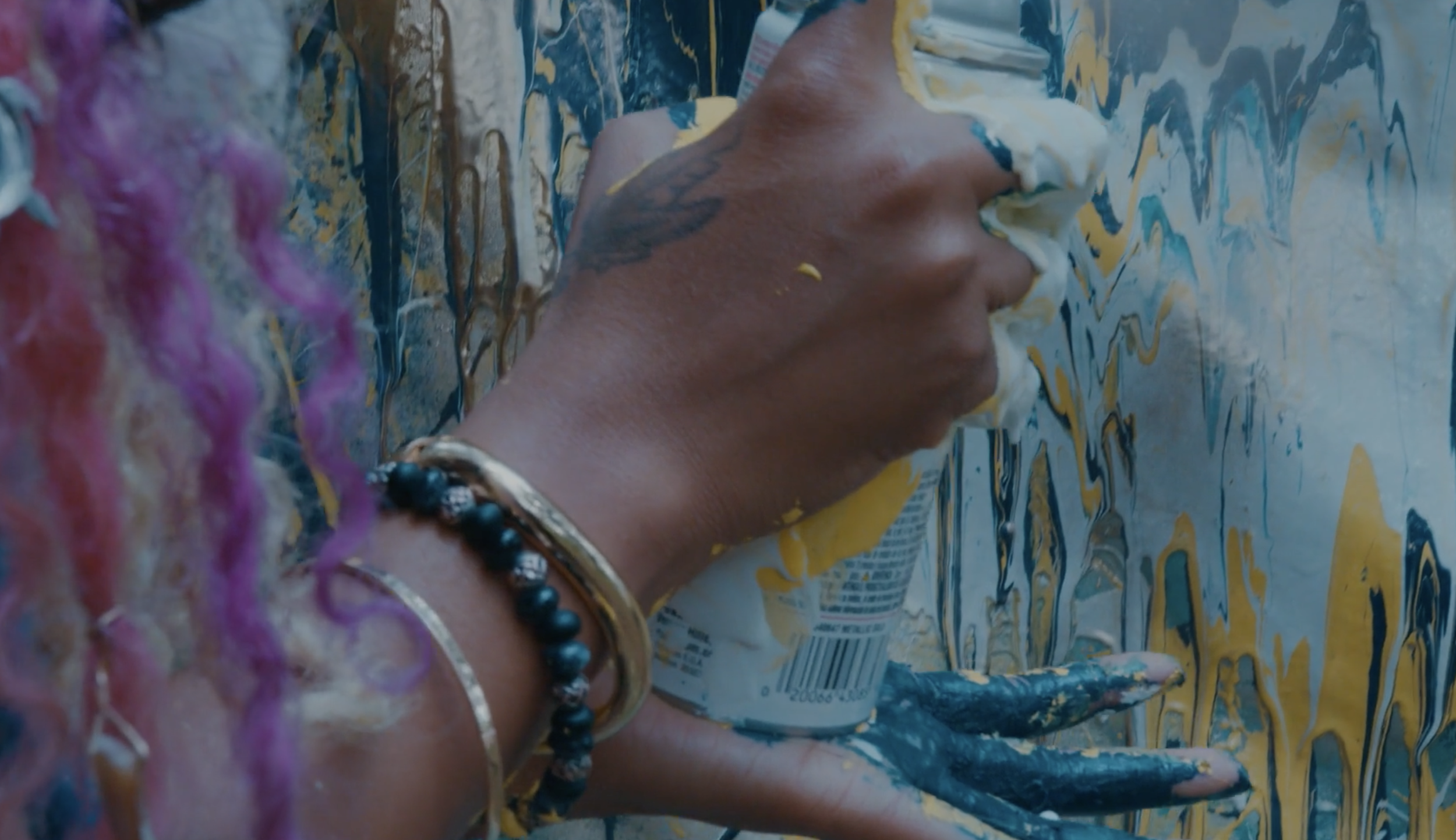LouTown, Evolution (And Flashback)
In St. Louis, it can feel hard to look to the future, when the echoes of the past can still be felt.
“From the Lewis and Clark expedition to the police killing of JT Michael Brown in 2014 and the launching of Black Lives Matter, many of the events that we consider central to the history of the United States occurred in St. Louis…The Missouri Compromise, the Dred Scott Case, the [American Frontier Wars], the East St. Louis Massacre in 1917, the Supreme Court decisions in the landmark civil rights cases Shelley v. Kraemer and Jones v. Mayer, Gaines v. Canada, and McDonnell-Douglas Corp. v. Green: all of these events are aspects of the history of the United States that cannot be truly understood apart from their St. Louis roots.”
The Broken Heart of America, by Walter Johnson
Living in the present in St. Louis, you can feel a direct connection to these past events through the heavy police presence, the abundance of vacant buildings, and the demolition of neighborhoods. But you can also feel a relationship with St. Louis' imperial past through the stark difference in what borders the city line: three of the nation's wealthiest neighborhoods (Town and Country, Ladue, and Frontenac). As you move through the city, there is a marked absence of Black history and culture. This feeling becomes more intense when you recognize (in a rather overwhelming way tbh) the monumentalization of whiteness embedded in the urban planning, the public space, and the preserved, historical buildings. With the past embedded so heavily in everyday living, pressing upon the needs of the present, it can feel challenging to consider how to evolve into new futures.
Still of LouTown, Cami Thomas + My Friends and I, courtesy of the artist.
The track “Evolution (And Flashback)” from Gil-Scott-Heron’s Small Talk at 125th and Lenox inspires the structure of LouTown. Much like how the song’s composition interjects the poem “Flashback” within the poem “Evolution,” the film begins and ends with recent footage from mid-2022, bookending archived footage from 2017 and 2018.
The core of LouTown is the flashbacks that look back to the past: personal and communal moments living and making in St. Louis between 2014 and 2017. Those dates may have different meanings elsewhere, but to speak of those years as signposts in St. Louis invokes the murder of Michael Brown by Darren Wilson in 2014 and the acquittal of officer Jason Stockley in 2017. During this time, we as artists, even though some of us were not involved in organizing, felt the need to participate in activism. Even as the city has moved through these events, this period can still be seen, heard, and experienced in the new work and evolved practices of present-day St. Louis artists.
Stills of LouTown, Cami Thomas + My Friends and I, courtesy of the artist.
This brings into focus the moments of evolution documented more recently in 2022, the beginning and end of the film which depicts two artists: painter Savis Davis Austin and dancer Jordan McDaniel. They create freely and with the resources immediately available to them. Their movement now, on the rooftop and the canvas, stands in contrast to the stillness of De Nichols, Julisa Powell, Emmanuel Gamble, Bria Kelly, and Tyler Small as they have their hands up in 2017. Both qualities of movement, the evolution and flashback, define a type of St. Louisan artist who is deeply connected to and inspired by their neighborhood to attend to the present and move forward. Whether that neighborhood is Benton Park West, Forest Park, Hyde Park, Old North, or Midtown, there is a unique St. Louisan spirit for artists to simultaneously contribute as both artists and activists, an impulse that evolved in the years between 2014 and 2017.




